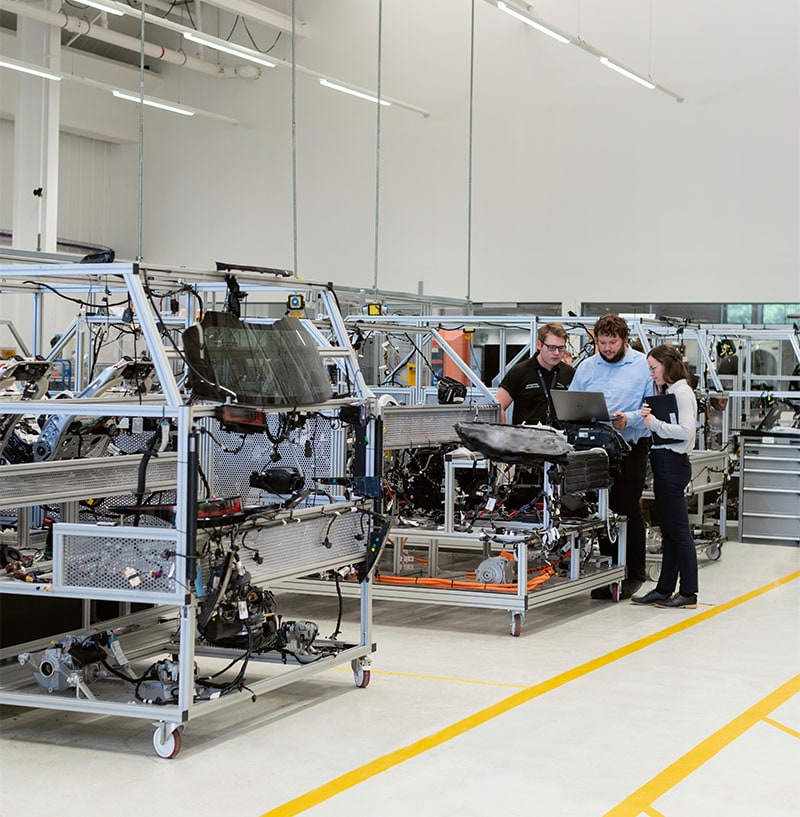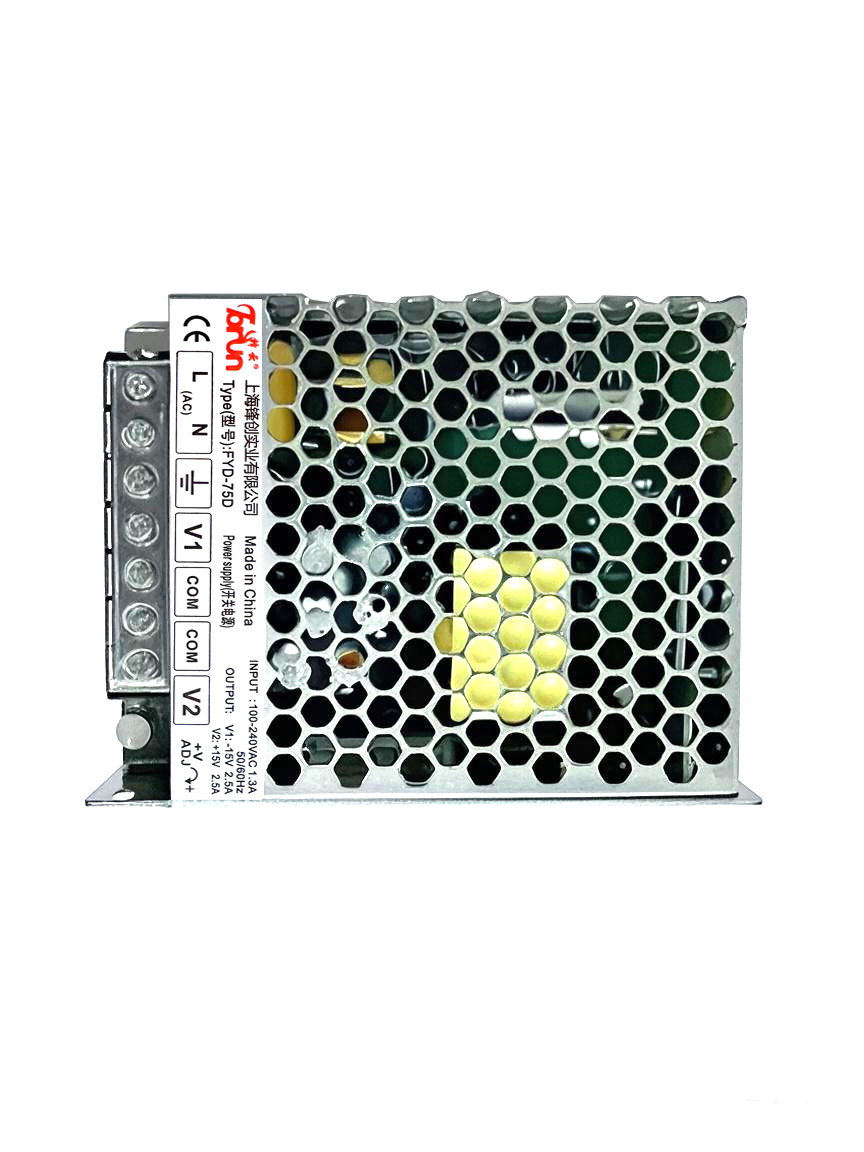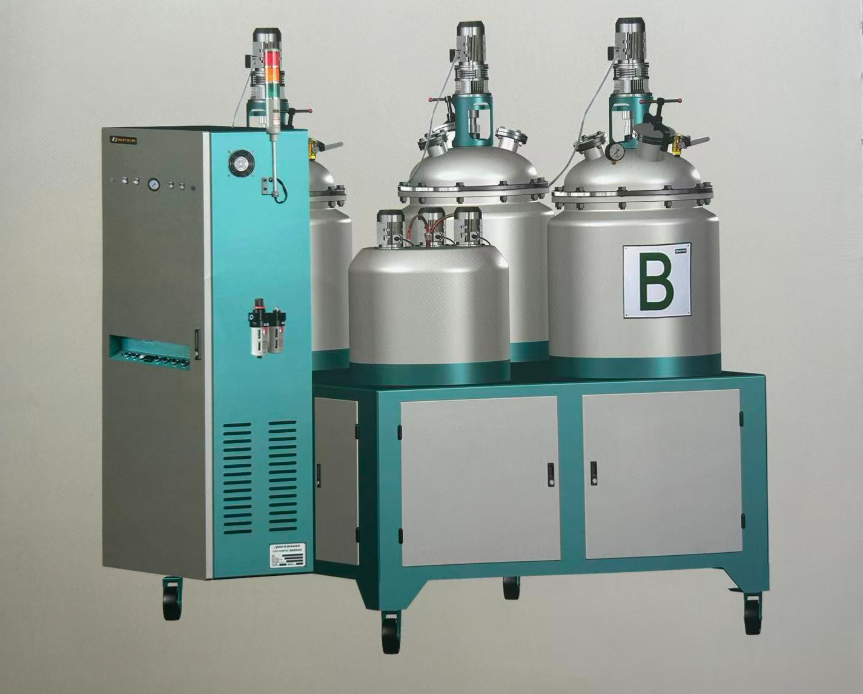Proper ventilation is crucial for maintaining a healthy and comfortable indoor environment. It helps to remove pollutants, control temperature and humidity, and replenish fresh air. In this blog post, we will delve into the four types of ventilation systems commonly used in various industries. By understanding their features, benefits, and applications, you can make informed decisions to ensure optimal airflow in your space.
- Natural Ventilation:
Natural ventilation relies on natural forces, such as wind and temperature differences, to create airflow. It is a cost-effective and energy-efficient solution that can be implemented in both residential and commercial buildings. By strategically placing windows, vents, and openings, natural ventilation harnesses the power of nature to provide fresh air and remove stale air. This type of ventilation is particularly effective in moderate climates and during mild seasons. - Mechanical Ventilation:
Mechanical ventilation involves the use of mechanical systems, such as fans and blowers, to circulate air. It is commonly used in buildings where natural ventilation is insufficient or impractical. Mechanical ventilation can be further categorized into three subtypes: a. Exhaust Ventilation:
Exhaust ventilation systems remove stale air from indoor spaces and expel it outside. This type of ventilation is commonly used in kitchens, bathrooms, and industrial settings where pollutants and odors need to be eliminated. By creating negative pressure, exhaust ventilation ensures a continuous flow of fresh air from other areas. b. Supply Ventilation:
Supply ventilation systems introduce fresh air from outside into indoor spaces. This helps to dilute indoor pollutants and maintain a healthy environment. Supply ventilation is often combined with exhaust ventilation to create a balanced airflow. It is commonly used in residential buildings, offices, and schools. c. Balanced Ventilation:
Balanced ventilation systems combine both exhaust and supply ventilation to achieve a balanced airflow. By removing stale air and introducing fresh air simultaneously, balanced ventilation ensures proper air exchange and maintains indoor air quality. This type of ventilation is commonly used in energy-efficient buildings and spaces where precise control of airflow is required. - Heat Recovery Ventilation (HRV) and Energy Recovery Ventilation (ERV):
Heat recovery ventilation (HRV) and energy recovery ventilation (ERV) systems are designed to recover and transfer heat or energy between the incoming and outgoing air streams. These systems help to reduce energy consumption by pre-conditioning the fresh air with the heat or coolness of the outgoing air. HRV is primarily used in cold climates, while ERV is suitable for both cold and hot climates. - Hybrid Ventilation:
Hybrid ventilation combines natural and mechanical ventilation strategies to optimize airflow based on specific conditions. It utilizes sensors, controls, and automated systems to switch between natural and mechanical ventilation modes. Hybrid ventilation offers flexibility and efficiency, adapting to changing weather conditions and occupancy levels. It is commonly used in large commercial buildings, schools, and hospitals.
Conclusion:
Understanding the four types of ventilation systems - natural ventilation, mechanical ventilation (exhaust, supply, and balanced), heat recovery ventilation (HRV) and energy recovery ventilation (ERV), and hybrid ventilation - is essential for creating a healthy and comfortable indoor environment. By considering factors such as climate, building design, and occupancy, you can choose the most suitable ventilation system for your specific needs. Remember, proper ventilation not only improves air quality but also enhances overall well-being and productivity.



